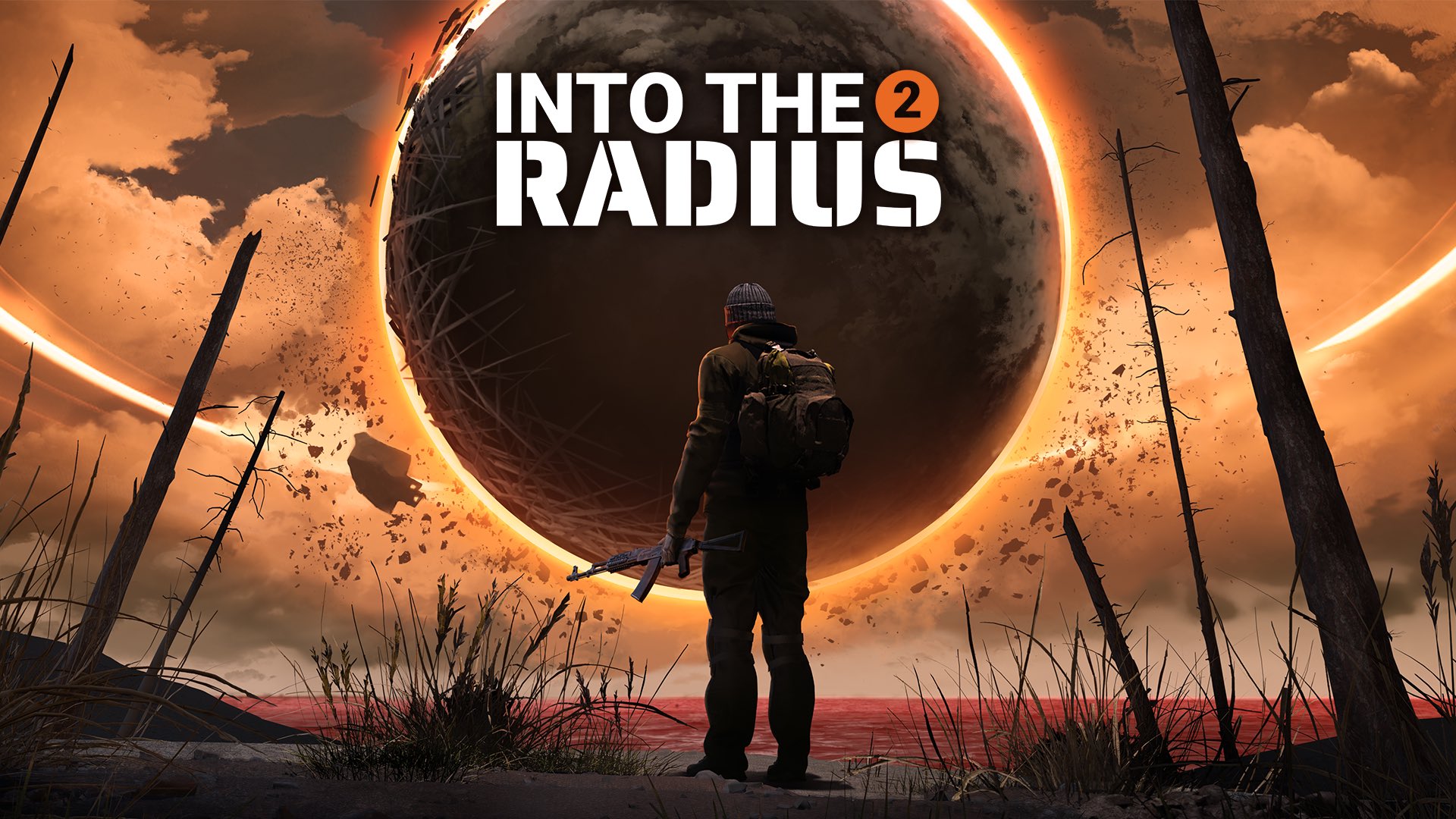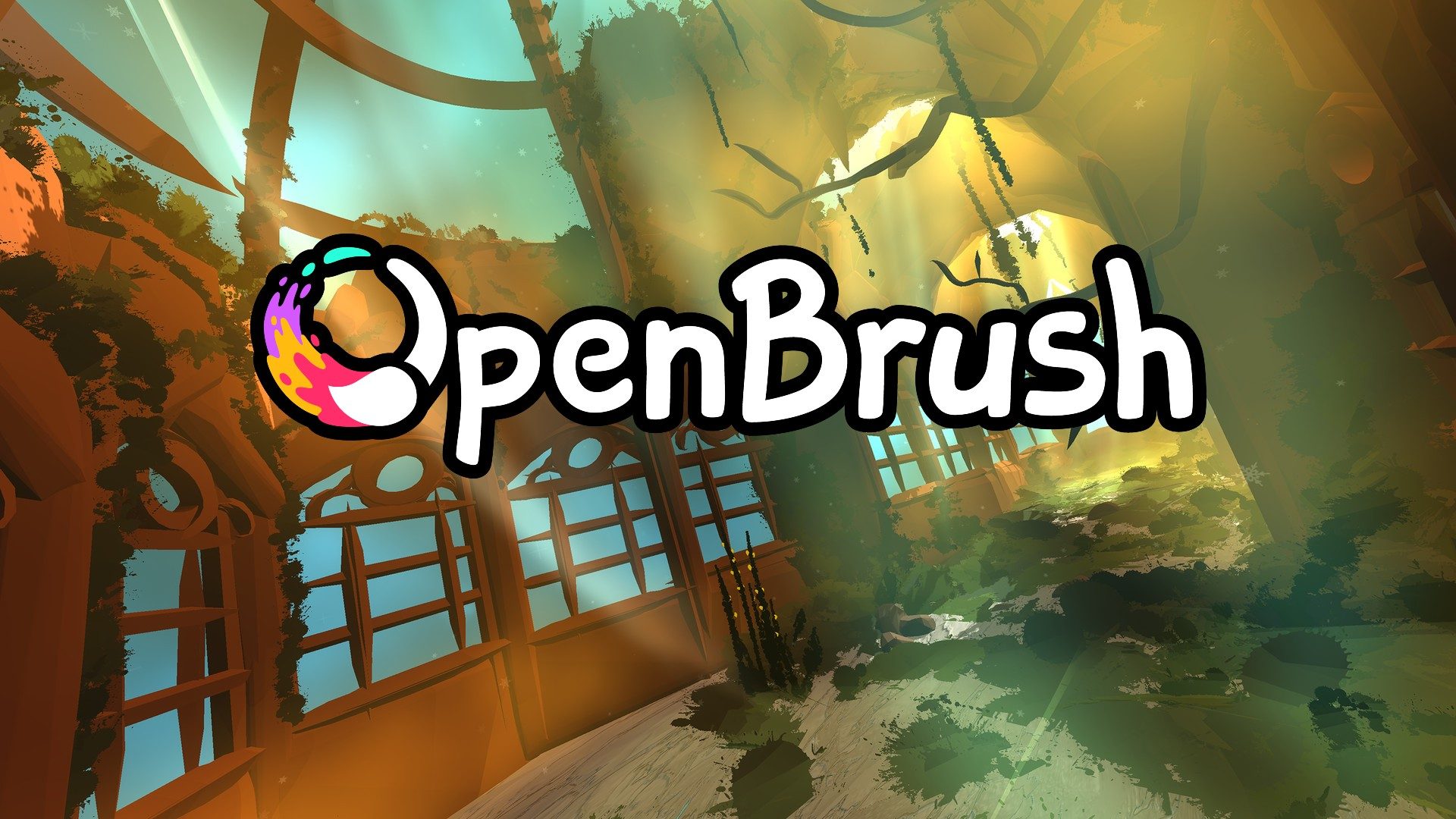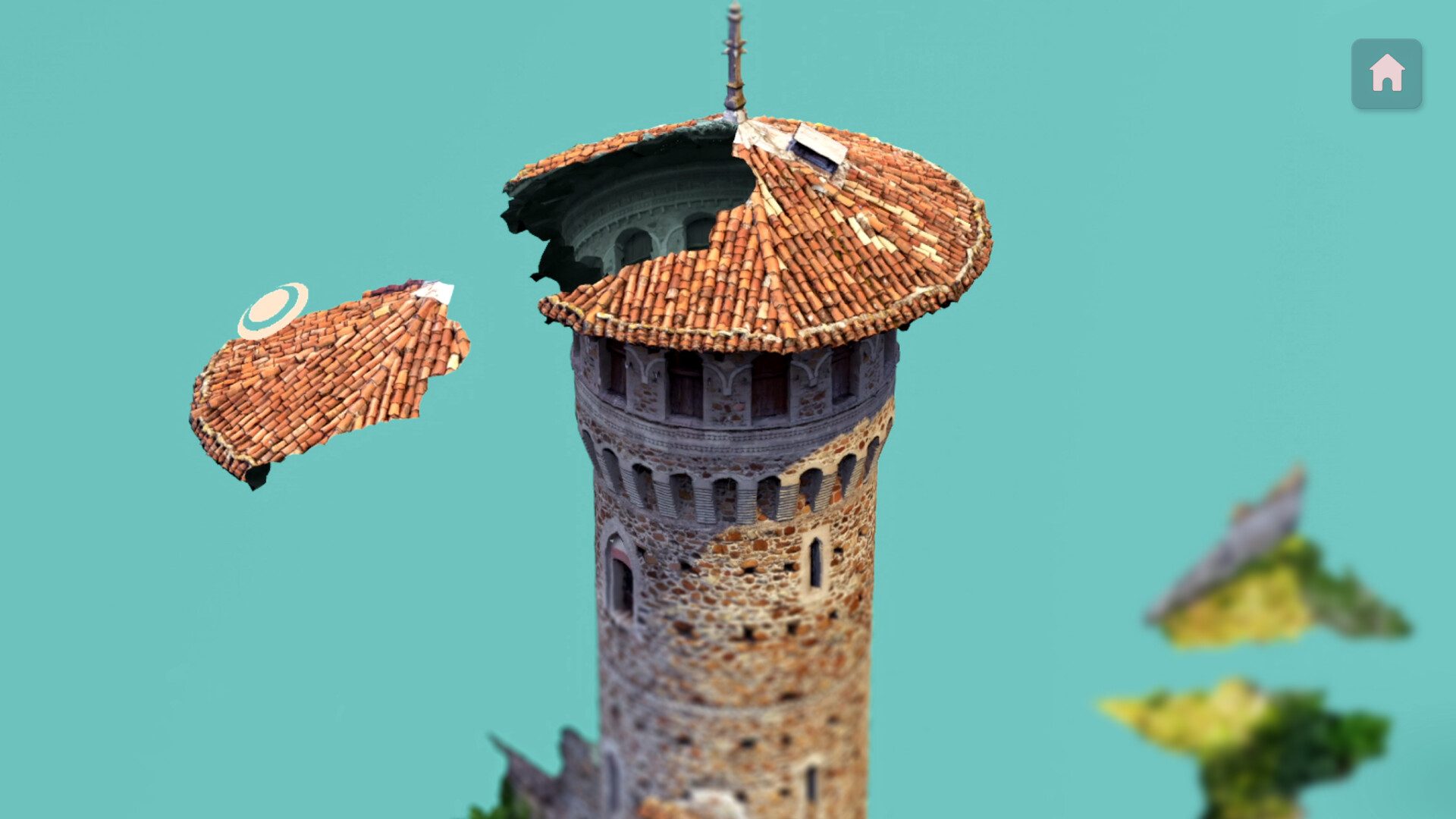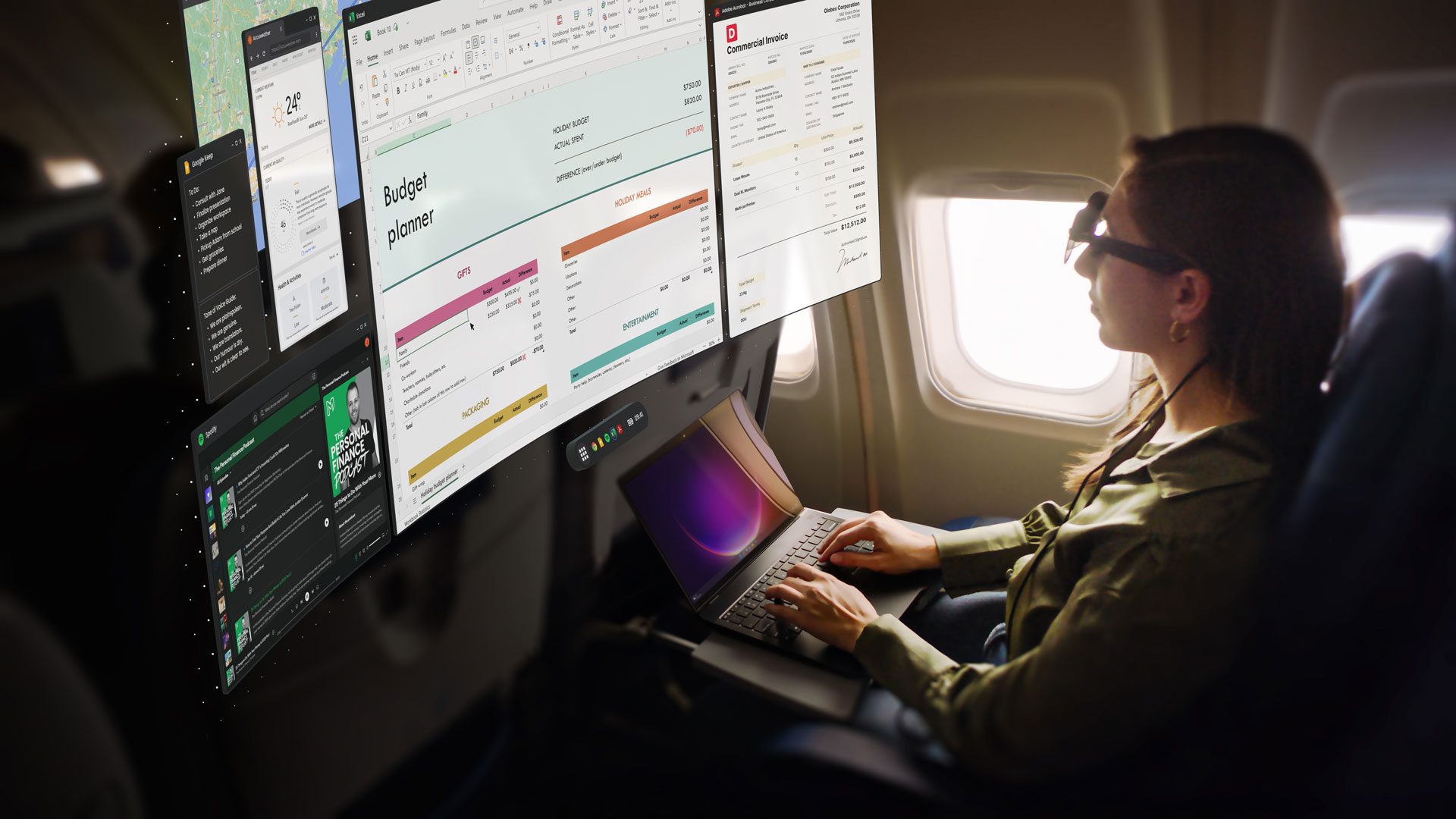In a fascinating turn of events, a portrait of the renowned British mathematician and computer scientist Alan Turing recently fetched an impressive $1,084,800 (£836,667) at auction, far exceeding its initial estimate of $120,000 to $180,000. What makes this piece particularly intriguing is that it was created not by a human artist, but by a humanoid robot named Ai-Da. The painting uses muted colors and fragmented facial planes, symbolizing the challenges Turing foresaw humans facing in managing artificial intelligence.
The auction house highlighted the sale as a landmark moment in the world of modern and contemporary art, illustrating the increasing overlap between AI technology and the global art market. This notion is echoed in former Twitter CEO Jack Dorsey’s sentiments about the future of digital media, urging individuals to independently verify and experience the art around them due to the rise of deepfakes and AI-generated content.
Alan Turing, if you’re not familiar, is celebrated as the father of theoretical computer science and artificial intelligence. His groundbreaking work laid the foundation for modern computing, including the development of the Turing Test, which assesses if a machine can exhibit human-like intelligence.
The Ai-Da robot, a marvel of engineering and art, was instrumental in producing this extraordinary piece. The robot’s creator, Aidan Meller, collaborated with AI experts from Oxford and Birmingham Universities, enabling Ai-Da to engage in artistic discussions and contribute significantly to the painting’s style, color, and theme.
On the art’s conception, Ai-Da remarked, “The value of my work lies in sparking conversations about emerging technologies.” The painting of Turing invites contemplation on the deity-like capabilities of AI and the ethical questions they bring.
Moreover, as AI technology advances, it raises concerns about its impact on the workforce, particularly in creative and professional fields. Tools like ChatGPT, Microsoft Copilot, and others have demonstrated an ability to perform complex tasks, which fuels debates about job displacement and the evolving role of human creativity.
The art world is not immune to controversy, as seen through a case involving an artist who used AI to win a painting competition, resulting in debates over legitimacy and artistic integrity. This incident illustrates the broader discussion about AI’s role in art and its potential to redefine what we consider as human creativity.
The rapidly changing technology challenges traditional perceptions of art, urging artists and audiences alike to adapt and redefine the value of human touch in the creative process. As we navigate this new landscape, the intersection of artificial intelligence and human ingenuity continues to evolve, painting a future that is as exciting as it is unpredictable.












![[Free Game Giveaway] Pets Hotel for PlayStation (NA/EU) [Free Game Giveaway] Pets Hotel for PlayStation (NA/EU)](https://www.xgamernews.com/wp-content/uploads/2025/05/Free-Game-Giveaway-Pets-Hotel-for-PlayStation-NAEU-360x180.jpg)

































